20Mar
Lesson Plan > Lesson 27 > English
Elementary Level: Nouns (People, Places, Things)
Mid Level: Summarizing Texts
High Level: Writing an Argument (Introduction to Persuasive Writing)
Elementary Level (Kinder to Grade 2)
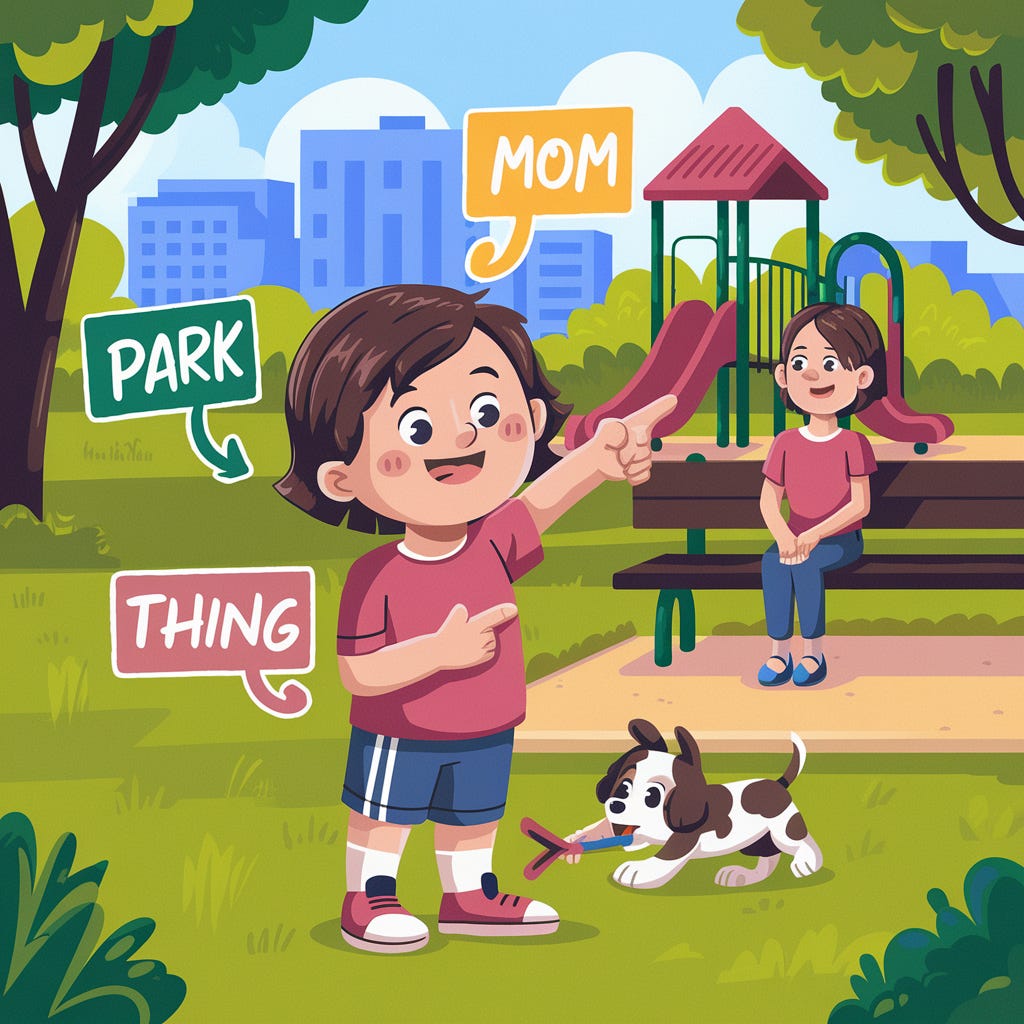
Subject: Nouns (People, Places, Things)
Alignment with Standards:
- Common Core State Standards (CCSS):
- CCSS.ELA-LITERACY.L.1.1.B: Use common, proper, and possessive nouns (focus on common nouns here).
- CCSS.ELA-LITERACY.L.1.5.C: Identify real-life connections between words and their use (e.g., note places at home that are cozy).
- CCSS.ELA-LITERACY.SL.1.4: Describe people, places, things, and events with relevant details, expressing ideas and feelings clearly.
Objectives
- Understand that nouns are words that name people, places, or things.
- Identify and categorize nouns into three groups: people, places, and things.
- Practice finding and labeling nouns through a scavenger hunt and picture activity.
- Build vocabulary and observation skills through interactive exploration.
Materials
- Picture book with nouns (e.g., The Napping House by Audrey Wood or Brown Bear, Brown Bear, What Do You See? by Bill Martin Jr.)
- Paper or notebook for drawing/labeling
- Crayons, markers, or pencils
- Sticky notes or small papers for scavenger hunt
- Household items/toys (e.g., doll, car, book)
- Optional: Noun cards (e.g., “mom,” “park,” “ball”), whiteboard
Activities
Day 1: Introduction to Nouns (30-45 minutes)
- Warm-Up (5-10 minutes):
- Ask: “Who’s in this room? Where are we? What’s on the table? Those are special words—nouns!”
- Say: “Nouns name people, places, and things—let’s find some!”
- Direct Instruction (10 minutes):
- Explain: “Nouns are naming words!”
- People: Mom, teacher, friend.
- Places: School, park, house.
- Things: Dog, chair, apple.
- Point around: “You’re a person—noun! This is a room—noun! That’s a toy—noun!”
- Write 3 examples: “dad,” “zoo,” “ball.”
- Explain: “Nouns are naming words!”
- Practice (15-20 minutes):
- Read a book (e.g., Brown Bear): “Brown bear—thing! Teacher—person!” Spot 5 nouns together.
- Say: “Name a person! A place! A thing!”
- Wrap-Up (5 minutes):
- Ask: “What’s one noun you learned? Which kind is it?”
Day 2: Noun Scavenger Hunt (45 minutes)
- Review (10 minutes):
- Recap: “What’s a noun? Give me a people noun! A place one!”
- Quick game: “I say ‘cat’—you say ‘thing!’” Try 5 nouns.
- Hands-On Activity: Scavenger Hunt (25 minutes):
- Set up: Hide sticky notes with nouns (e.g., “sister” on a photo, “door” on a door, “book” on a shelf).
- Hunt: “Find a noun! Read it—person, place, or thing?” Collect 5-8.
- Sort: Make 3 piles—people, places, things. “Where does ‘dog’ go? (Things!)”
- Add one: “Find your own noun—write it!” (e.g., “mom” on a note).
- Wrap-Up (10 minutes):
- Ask: “Which pile has the most? What’s a fun noun you found?”
Day 3: Noun Picture Labeling (45 minutes)
- Warm-Up (10 minutes):
- Say: “Point to a thing noun! A place noun here!”
- Review: “What’s ‘park’? (Place!) ‘Friend’? (Person!)”
- Hands-On Activity: Labeling Fun (25 minutes):
- Draw: “Make a picture with 3 nouns—one person, one place, one thing.” (e.g., “Mom at park with ball.”)
- Label: Write the noun under each: “Mom (person), park (place), ball (thing).”
- Share: “Tell me your picture story—‘Mom is at the park with a ball!’”
- Extra: Add 2 more nouns to the picture (e.g., “dog,” “tree”).
- Wrap-Up (10 minutes):
- Celebrate: “You’re a noun detective! Which noun type do you like best?”
Assessment
- Informal Observation: Note their ability to name nouns during discussions.
- Scavenger Hunt: Check if they sort most nouns correctly (e.g., 80% right).
- Picture: Look for 3 labeled nouns, one per category, with a simple story.
Extensions
- Noun hunt: Find 5 nouns in a book—sort them.
- Noun charades: Act out “teacher,” “house,” “car”—guess the type!
- Outside: “Name 3 nouns you see—person, place, thing!”
Mid Level (Grade 3 to 5)

Subject: Summarizing Texts
Alignment with Standards:
- Common Core State Standards (CCSS):
- CCSS.ELA-LITERACY.RI.4.2: Determine the main idea of a text and explain how it is supported by key details; summarize the text.
- CCSS.ELA-LITERACY.RL.4.2: Determine a theme of a story, drama, or poem from details in the text; summarize the text.
- CCSS.ELA-LITERACY.W.4.9: Draw evidence from literary or informational texts to support analysis, reflection, and research.
- CCSS.ELA-LITERACY.SL.4.1: Engage effectively in a range of collaborative conversations with diverse partners, building on others’ ideas and expressing their own clearly (adapted for homeschool discussion).
Objectives
- Understand that a summary is a short version of a text, capturing the main ideas without extra details.
- Identify key points in short stories or articles to create concise summaries.
- Practice summarizing through worksheets and discuss findings with a parent or family member.
- Build reading comprehension and writing skills by focusing on essential information.
Materials
- Short story or article (e.g., Scholastic News article, a Magic Tree House chapter, or The One and Only Ivan excerpt by Katherine Applegate)
- Summarizing worksheet (sample provided below)
- Notebook or paper for writing
- Pencil, pen, or markers
- Highlighter or sticky notes (to mark key ideas)
- Optional: Whiteboard, timer (for discussion focus)
Activities
Day 1: Introduction to Summarizing (45 minutes)
- Warm-Up (10 minutes):
- Ask: “Tell me about a movie you saw—but in just two sentences! That’s summarizing!”
- Say: “Today, we’re learning to shrink stories into short summaries!”
- Direct Instruction (15 minutes):
- Explain: “A summary tells the big ideas—who, what, where, why—without all the little stuff.”
- Model with a short tale: “Little Red Riding Hood went to Grandma’s house but met a wolf. She and Grandma were saved by a woodcutter.”
- Key points: Who (Red, wolf), What (met, saved), Where (Grandma’s).
- Contrast: “Not ‘She wore a red cape’—that’s a detail!”
- Practice (15-20 minutes):
- Read a paragraph (e.g., “Jack climbed a beanstalk, found a giant’s castle, stole a goose, and escaped.”).
- Summarize together: “Jack climbed a beanstalk and took a goose from a giant.”
- Wrap-Up (5 minutes):
- Ask: “What’s the trick to summarizing? What do we leave out?”
Day 2: Summarizing Worksheets (45 minutes)
- Review (10 minutes):
- Recap: “What’s a summary? Tell me about yesterday’s story in one sentence!”
- Quick practice: “Dog chased a ball, barked, then slept.” (Dog chased a ball and slept.)
- Hands-On Activity: Worksheet Practice (25 minutes):
- Use a short text (e.g., 100-150 words from Scholastic News: “Pandas live in China’s forests, eating bamboo. They’re endangered because forests are shrinking…”).
- Worksheet:
- Step 1: Highlight 3 big ideas (pandas in China, eat bamboo, endangered).
- Step 2: Write a 2-sentence summary: “Pandas live in China and eat bamboo. They’re endangered because their forests are shrinking.”
- Try another: Story excerpt (e.g., “Annie found a lost kitten, fed it, and took it home.”). Summary: “Annie found a kitten and kept it.”
- Wrap-Up (10 minutes):
- Ask: “Read me your summary! What was hard to leave out?”
Day 3: Discussion and Refinement (45 minutes)
- Warm-Up (10 minutes):
- Say: “Summarize your morning in two sentences! (e.g., I ate breakfast and read a book.)”
- Hands-On Activity: Family Discussion (25 minutes):
- Read a new text (e.g., Magic Tree House chapter: “Jack and Annie went to a castle, met a knight, and found a secret door.”).
- Summarize alone: “Jack and Annie visited a castle and discovered a secret.”
- Discuss with parent/family:
- “What’s your summary? Did I miss anything big?”
- “Parent: What’s one detail we don’t need?” (e.g., “Knight’s armor color.”)
- Refine: Rewrite if needed (e.g., add “met a knight” if key).
- Draw it: Sketch the summary (e.g., castle, door).
- Wrap-Up (10 minutes):
- Share: “Tell me your final summary! How did talking help?”
Assessment
- Informal Observation: Note their ability to pick main ideas during discussions.
- Worksheet: Check for a 2-sentence summary with 2-3 key points, no extra details.
- Discussion: Ensure they explain their summary and adjust based on feedback.
Extensions
- Summary race: Time a 1-minute summary of a page—compare!
- Reverse it: Give a summary, guess the story (e.g., “Boy lost shoe, found treasure.”).
- News bit: Summarize a short online article (e.g., kids’ news site).
High Level (Grade 6 to 8)
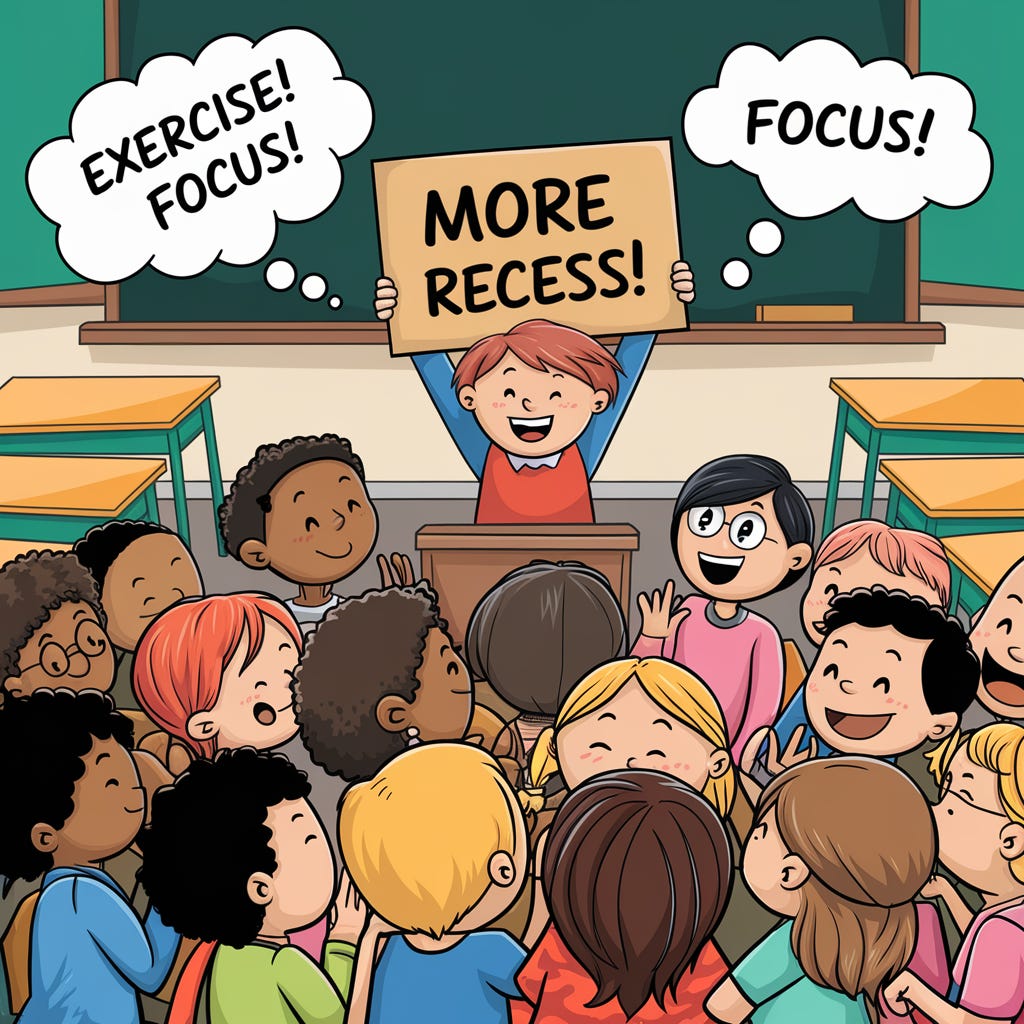
Subject: Writing an Argument (Introduction to Persuasive Writing)
Alignment with Standards:
- Common Core State Standards (CCSS):
- CCSS.ELA-LITERACY.W.7.1: Write arguments to support claims with clear reasons and relevant evidence.
- CCSS.ELA-LITERACY.W.7.1.A: Introduce a claim and organize the reasons and evidence clearly.
- CCSS.ELA-LITERACY.SL.7.4: Present claims and findings, emphasizing salient points in a focused, coherent manner with pertinent descriptions, facts, details, and examples.
- CCSS.ELA-LITERACY.W.7.4: Produce clear and coherent writing in which the development, organization, and style are appropriate to task, purpose, and audience.
Objectives
- Understand the elements of persuasive writing, including stating a clear opinion (claim) and supporting it with reasons.
- Formulate an opinion on a relatable topic and defend it with logical evidence.
- Engage in a debate (with family or self) and write a persuasive paragraph to practice argument skills.
- Develop critical thinking, organization, and communication skills through persuasive tasks.
Materials
- Notebook or paper for writing
- Pencil, pen, or markers
- Sample persuasive text (e.g., editorial from Scholastic Scope or a kid-friendly opinion piece online)
- Debate topic cards (e.g., “Should kids have homework?” “Are video games good?”)
- Graphic organizer (claim, 2-3 reasons, evidence—printable or hand-drawn)
- Optional: Whiteboard, timer (for debate), digital device for research
Activities
Day 1: Introduction to Persuasive Writing (45 minutes)
- Warm-Up (10 minutes):
- Ask: “Should kids get more recess? Why? Convince me!”
- Say: “Today, we’re learning to argue—like lawyers, but with words!”
- Direct Instruction (15 minutes):
- Explain: “Persuasive writing convinces people. You need:
- Claim: Your opinion (e.g., ‘Recess should be longer’).
- Reasons: Why you think so (e.g., ‘Kids need exercise, focus better’).
- Evidence: Facts or examples (e.g., ‘Studies say active kids learn more’).”
- Model: Read a sample (e.g., “Dogs are the best pets because they’re loyal and helpful—guide dogs save lives!”).
- Break it down: Claim (best pets), Reasons (loyal, helpful), Evidence (guide dogs).
- Explain: “Persuasive writing convinces people. You need:
- Practice (15-20 minutes):
- Try: “Should kids pick their bedtime?” List a claim and 2 reasons together.
- Discuss: “What evidence could prove it?” (e.g., “I’d sleep better if I chose.”)
- Wrap-Up (5 minutes):
- Assign: “Pick a topic you care about—tell me your opinion tomorrow!”
Day 2: Debate Practice (45 minutes)
- Review (10 minutes):
- Recap: “What’s a claim? Give me one! What backs it up?”
- Share: “What’s your topic? (e.g., ‘Phones should be allowed in school.’)”
- Hands-On Activity: Debate Prep and Practice (25 minutes):
- Pick a side: Use their topic or a card (e.g., “Homework helps kids learn”).
- Prep: 5 min to list:
- Claim: “Homework helps kids learn.”
- Reasons: “Practice skills, builds responsibility.”
- Evidence: “Math gets easier with practice, I finish tasks on time.”
- Debate (10-15 min):
- With parent/family: They take the opposite side (“Homework wastes time”). Take turns—2 min each to argue, 1 min rebuttal.
- Solo: Argue both sides to you—“Why yes? Why no?”—then pick a winner.
- Reflect: “What was your best point? What could the other side say?”
- Wrap-Up (10 minutes):
- Ask: “How did it feel to argue? What makes a reason strong?”
Day 3: Writing a Persuasive Paragraph (45 minutes)
- Warm-Up (10 minutes):
- Say: “Tell me your debate claim in one sentence! Add one reason!”
- Hands-On Activity: Writing (25 minutes):
- Use a graphic organizer:
- Claim: “Schools should have shorter days.”
- Reason 1: “Kids get tired.” Evidence: “I yawn by 2 p.m.”
- Reason 2: “More family time.” Evidence: “I’d help cook dinner.”
- Write a paragraph (5-7 sentences):
- “Schools should have shorter days. Kids get tired after hours of work—I yawn by 2 p.m. every day. Shorter days also mean more family time. I could help cook dinner instead of doing extra math. Long days wear us out, and we need a break. Shorter school days are better for everyone!”
- Edit: “Did I state my opinion? Prove it?”
- Use a graphic organizer:
- Wrap-Up (10 minutes):
- Share: “Read your paragraph! What’s your strongest evidence?”
Assessment
- Informal Observation: Note their ability to form opinions and reasons during debate.
- Debate: Check for a clear claim with 1-2 supported reasons.
- Paragraph: Look for a claim, 2 reasons, and 1-2 pieces of evidence, 5+ sentences.
Extensions
- Counterargument: “What’s the other side? How do you beat it?”
- Ad pitch: Write a paragraph selling a toy—convince someone!
- Debate round 2: Pick a new topic, argue with a twist (e.g., “No pets!”).

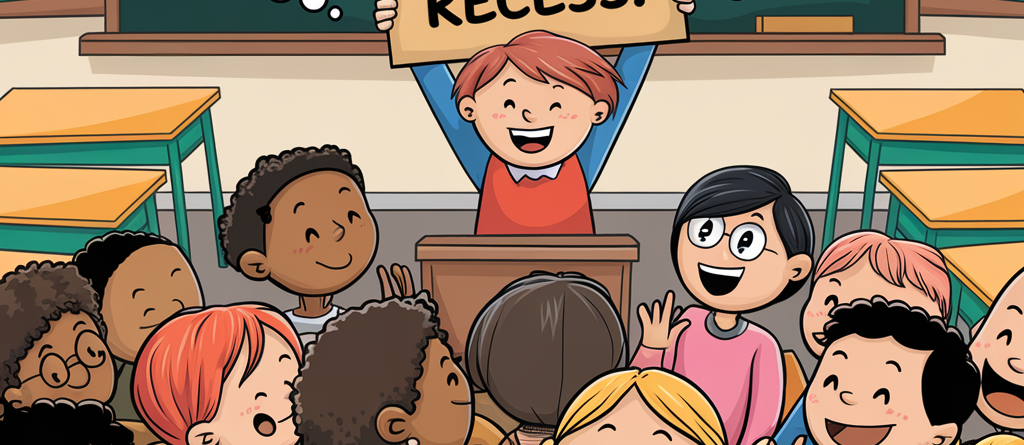


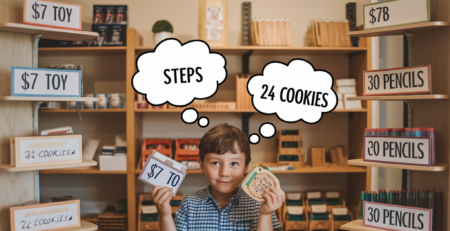

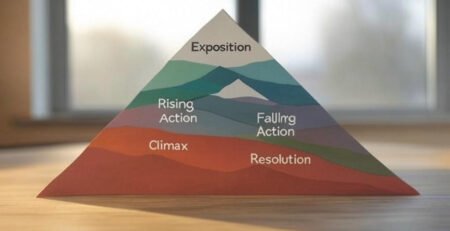
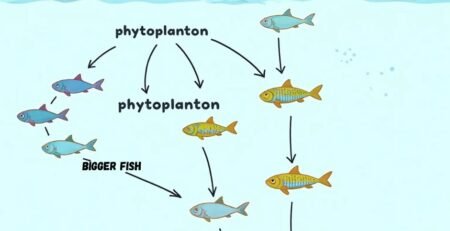


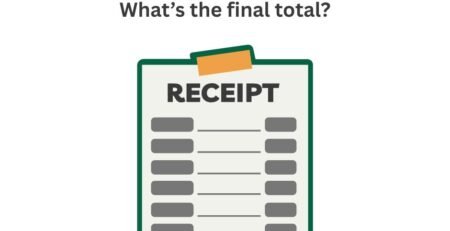

LEAVE A COMMENT